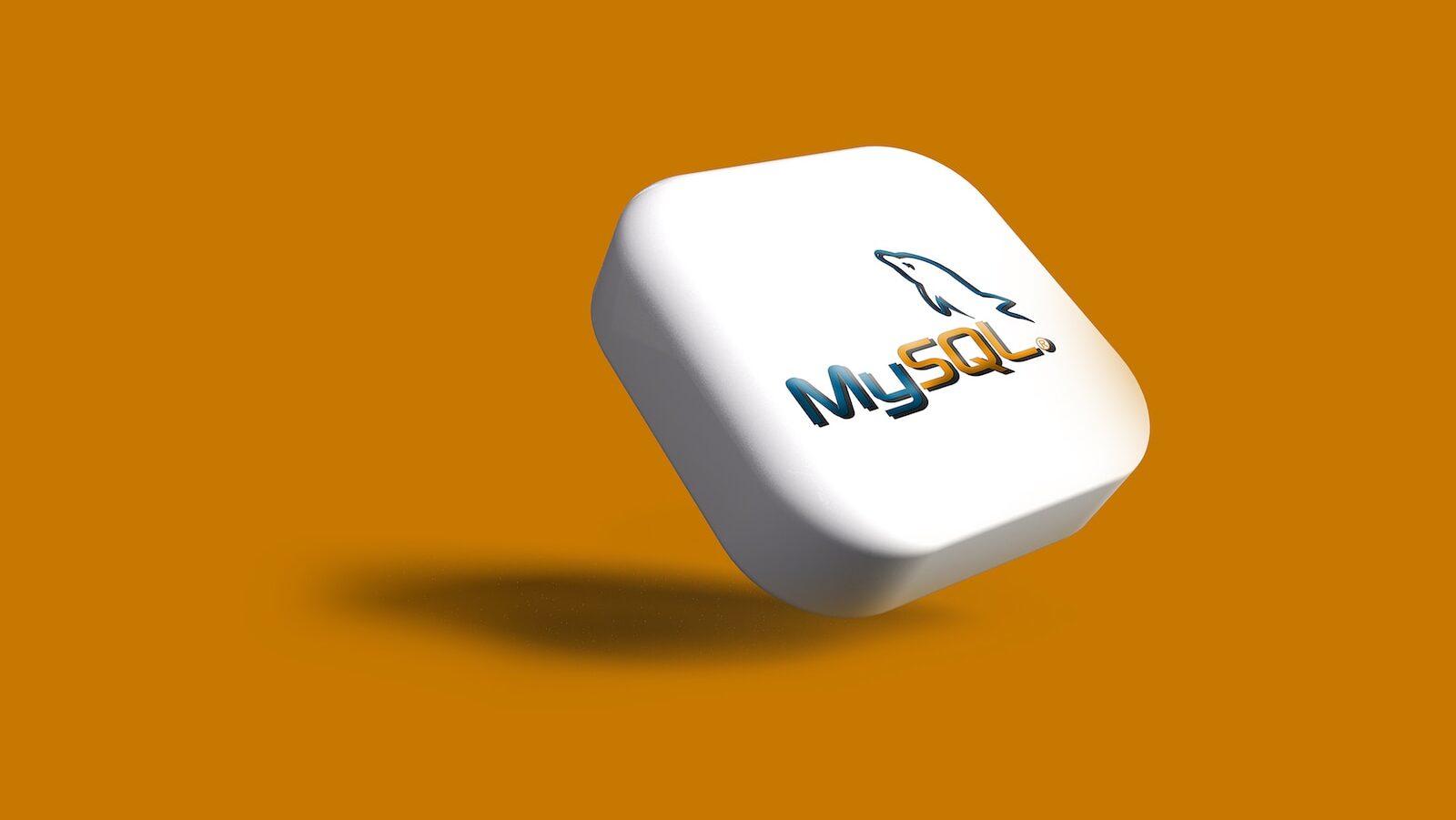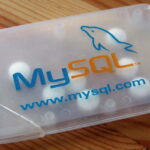Introduction
Creating a MySQL connection in PHP is a fundamental skill for any web developer. Whether you are building a simple blog or a complex web application, understanding how to connect to a MySQL database will enable you to store and retrieve data efficiently.
Prerequisites
Before we dive into the steps of creating a MySQL connection in PHP, make sure you have the following:
- A working PHP environment installed on your local machine or web server
- A MySQL database and the necessary credentials to access it
Step 1: Installing the MySQL Extension for PHP
The first step is to ensure that the MySQL extension for PHP is installed. This extension allows PHP to communicate with the MySQL database. To check if the extension is already installed, you can create a PHP file with the following code:
<?php
phpinfo();
?>Run this file in your browser and search for the section titled ‘mysql’. If the extension is installed, you should see the MySQL section with detailed information. If not, you will need to install the MySQL extension before proceeding.
Step 2: Connecting to the MySQL Database
Once the MySQL extension is installed, you can start creating a connection to your MySQL database. To do this, you need to use the mysqli_connect() function, which establishes a new connection to the database.
<?php
$servername = 'localhost';
$username = 'your_username';
$password = 'your_password';
$database = 'your_database';
$conn = mysqli_connect($servername, $username, $password, $database);
if (!$conn) {
die('Connection failed: ' . mysqli_connect_error());
}
?>In this code snippet, replace your_username, your_password, and your_database with your actual MySQL credentials. The mysqli_connect() function takes these values as parameters and returns a connection object. If the connection fails, the mysqli_connect_error() function will display an error message.
Step 3: Executing SQL Queries
Once the connection is established, you can start executing SQL queries to interact with the database. Here’s an example of how to retrieve data from a table:
<?php
$sql = 'SELECT * FROM users';
$result = mysqli_query($conn, $sql);
if (mysqli_num_rows($result) > 0) {
while ($row = mysqli_fetch_assoc($result)) {
echo 'Name: ' . $row['name'] . '<br>';
echo 'Email: ' . $row['email'] . '<br>';
echo 'Age: ' . $row['age'] . '<br>';
}
} else {
echo 'No results found.';
}
?>In this example, we are selecting all rows from the users table and printing the name, email, and age of each user. The mysqli_query() function executes the SQL query, and the mysqli_fetch_assoc() function fetches the rows one by one.
Step 4: Closing the Connection
Once you have finished working with the database, it is essential to close the connection to free up resources. To close the connection, use the mysqli_close() function:
<?php
mysqli_close($conn);
?>Make sure to close the connection after you have executed all necessary queries.
Conclusion
In this tutorial, we have learned how to create a MySQL connection in PHP. By following the steps outlined above, you can establish a connection to a MySQL database, execute queries, and retrieve data. Remember to always close the connection when you are done working with the database to optimize resource usage. With this knowledge, you are now equipped to build dynamic and data-driven web applications using PHP and MySQL.








